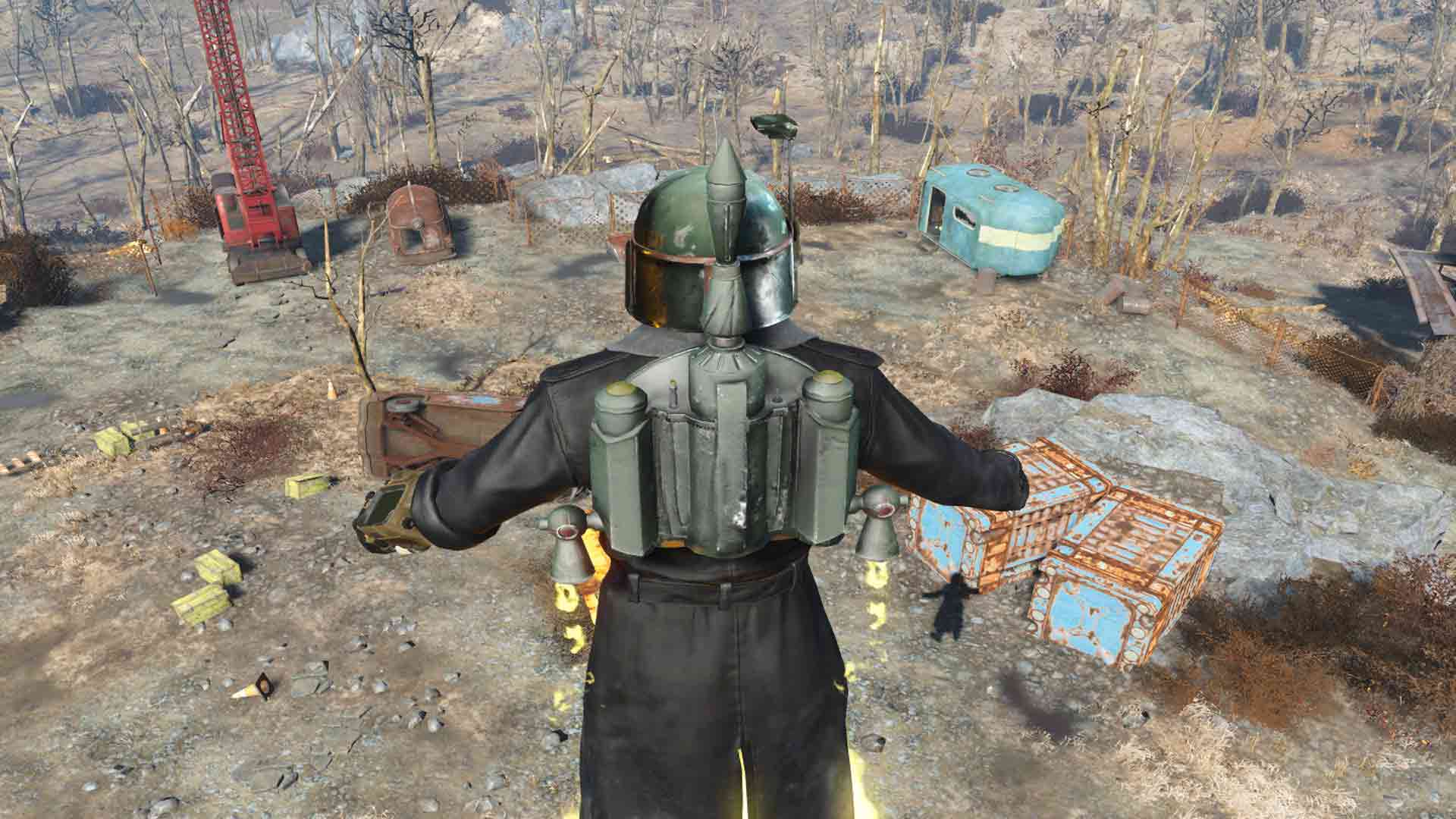
Nuclear fusion would finally appear in 2066, as an offshoot of power armor research projects initiated by the United States military in August 2065. Alternatives such as electric and fission-based cars appear on the market, but in limited amounts due to the ongoing crisis. The increase in military presence in Alaska caused rising tensions with Canada, with the United States demanding the right to station troops on Canadian soil to provide protection for the Trans-Alaskan pipeline, starting the long erosion of Canadian sovereignty that would lead to its annexation. In 2059, the Anchorage Front Line was established to protect Alaska against foreign invasion. Gripped by the resource crisis and the New Plague, the United States closed down its borders in 2052 and started taking ever more desperate steps to prop up its economy, as well as pursuing numerous promising technologies that could provide a solution to the problem, including advanced robotics (artificial intelligence such as ZAX, used to crunch numbers and process data by the Department of Energy after it was created by Vault-Tec Corporation), alternative propulsion systems (with REPCONN Aerospace, Mass Fusion, and Chryslus Motors being three examples), and nuclear fusion.

Both sides were reduced to ruin, with the Commonwealth fragmenting into bickering nation-states, fighting over what resources remained within its reach. The War would come to an end in 2060 when the Middle Eastern oil fields ran dry. The United States government initiated Project Safehouse in order to construct great underground Vaults to protect its population, although the project was rife with embezzlement, corruption, and mismanagement, starting with the method of financing them (junk bonds) and ending with the number of Vaults constructed (just 122, capable of protecting less than a tenth of a percent of the United States' government). The war would rage on for the next years, with nuclear exchanges that occurred in the Middle East after Tel Aviv's destruction in December 2053 provoking a global nuclear scare and raising fears of global thermonuclear war. The war caused oil prices to skyrocket, bankrupting many smaller nations, and caused the United Nations to implode just three months after the European Commonwealth declared war on the Middle East. Long dependent on oil imports, European military units deployed to the Middle East in April 2052, starting an almost decade-long war for control over the region's oil deposits. The European Commonwealth followed the United States' example when it replied to price hikes by oil exporters in the Middle East with military action.


 0 kommentar(er)
0 kommentar(er)
